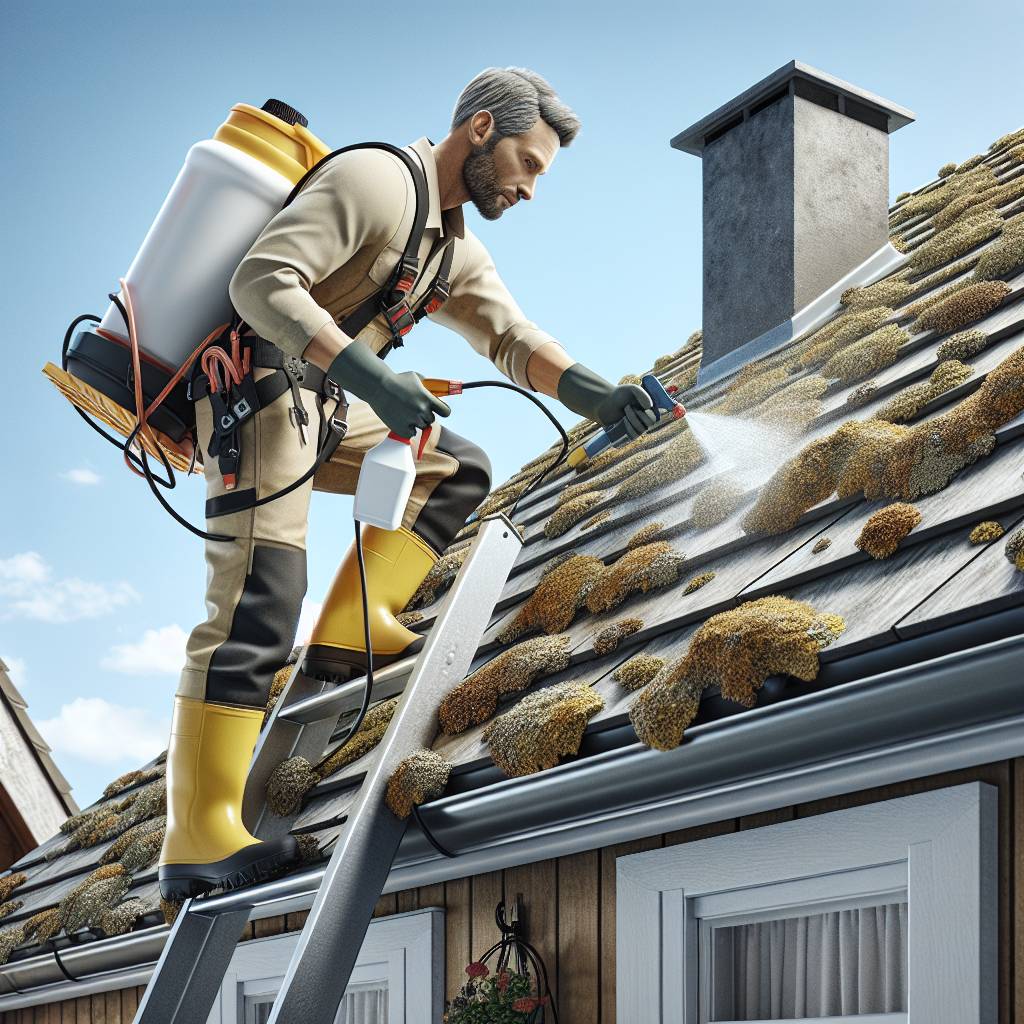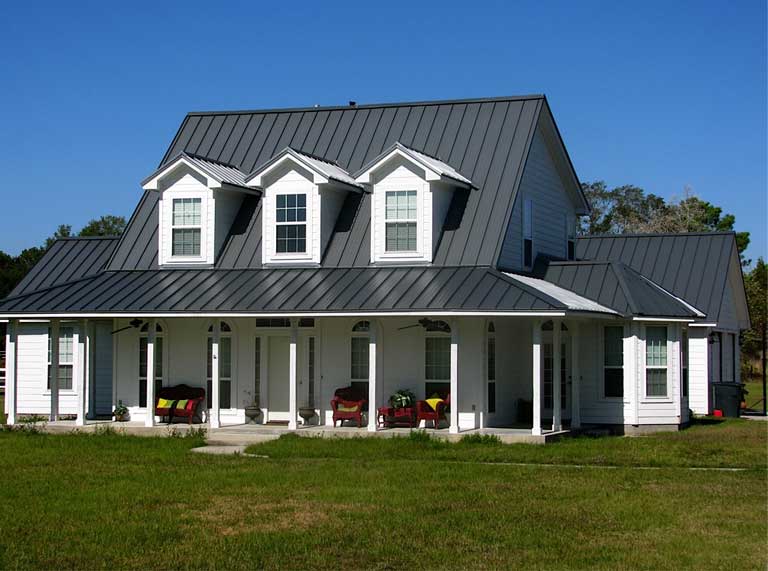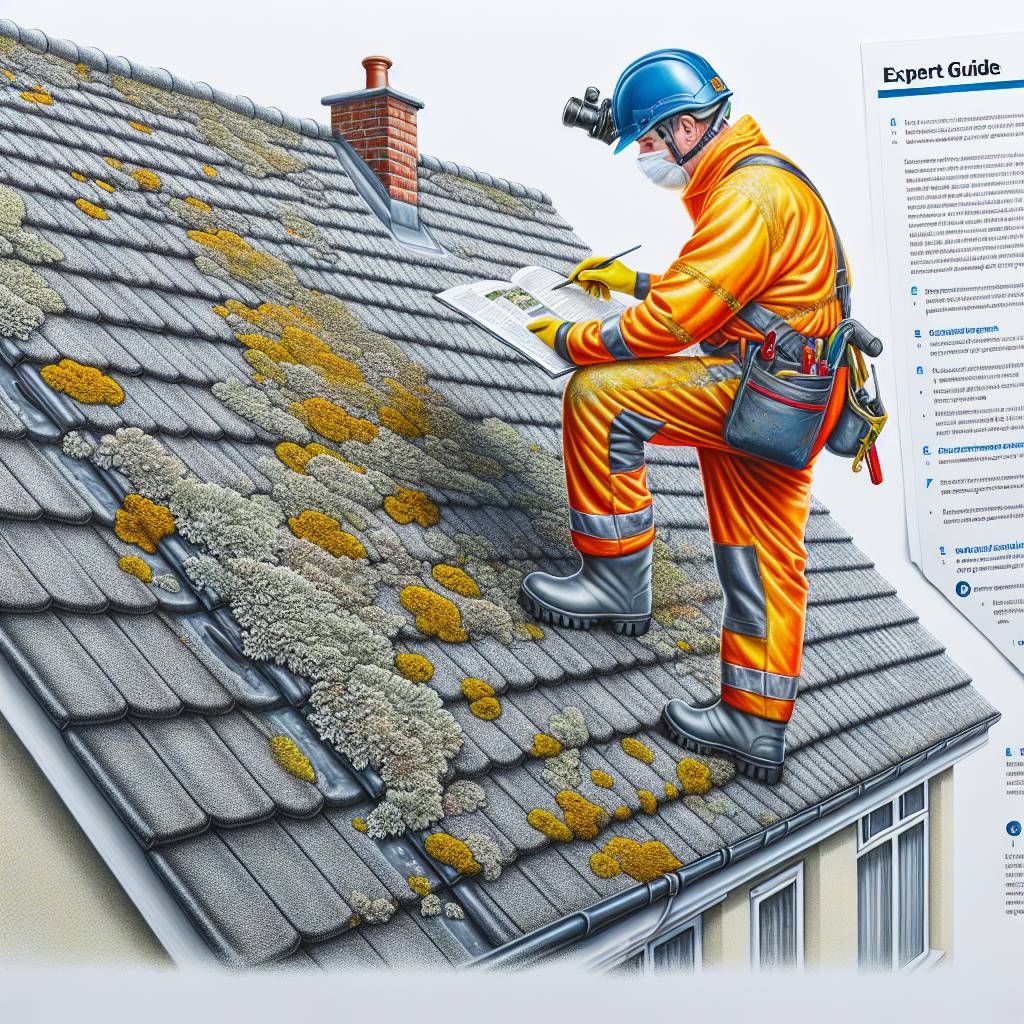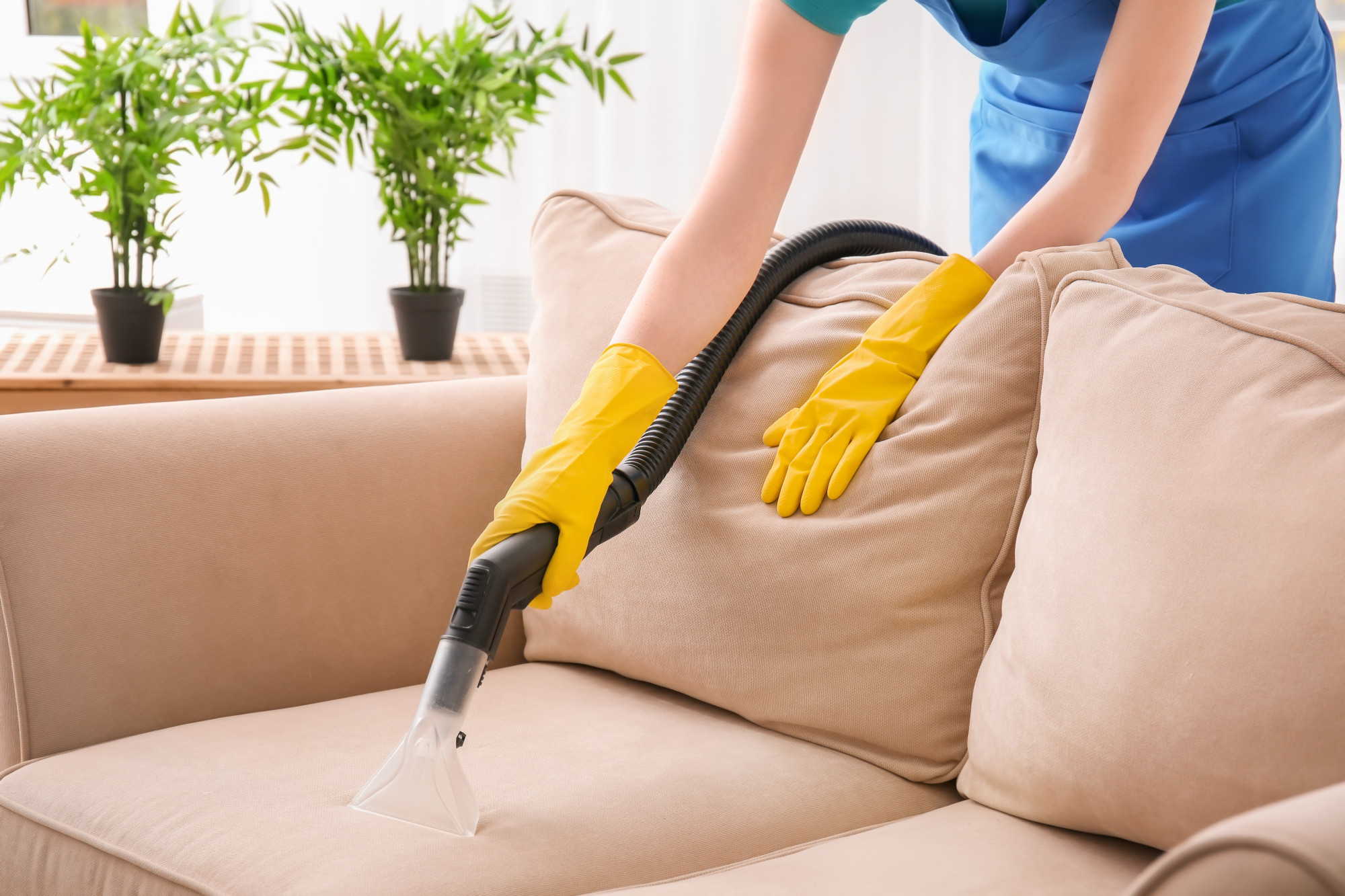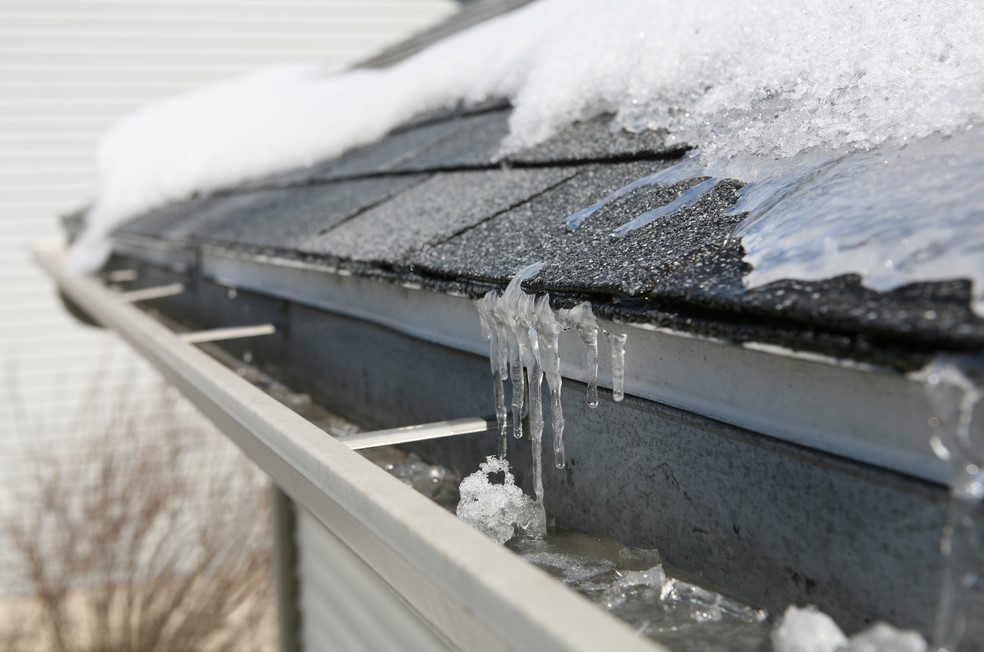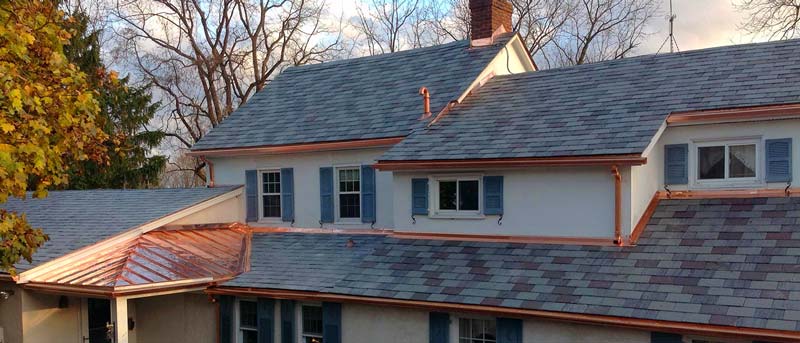Did you know that lichen growth on roofs can reduce the lifespan of shingles by up to 30%? It’s a startling statistic, considering the impact it can have on your home’s maintenance costs. There are effective ways to prevent this pesky problem and extend the life of your roof. In this post, we’ll explore the best practices for keeping lichen at bay, from regular maintenance routines to environmentally friendly cleaning solutions. You’ll discover how simple steps can make a significant difference in preserving the integrity and appearance of your roof while saving you money in the long run for years.
Key Takeaways
- Regularly inspect your roof for lichen and moss growth, especially in shaded or damp areas, to address the issue early and prevent damage.
- Keep roof surfaces clean and free of debris to minimize lichen and moss growth, and consider trimming overhanging branches to reduce shade and moisture.
- Use safe and non-damaging methods, such as gentle brushing or low-pressure washing, to remove lichen and moss from roofs without causing harm to the roofing materials.
- Understand the risks of ignoring lichen and moss, including potential structural damage, compromised roof integrity, and reduced lifespan of the roofing system.
- When installing a new roof, incorporate strategies like proper ventilation, sunlight exposure, and zinc or copper strips to proactively manage and prevent moss and lichen growth.
- Choose algae-resistant asphalt roofing materials and apply preventative treatments to inhibit the growth of moss, lichen, and algae on your roof.
Understanding Lichen and Its Effects on Roofs
What is Lichen?
Lichen is a combination of algae and fungus that grows on roofs. It appears as small, patchy clusters of green or grayish-green growths in wet areas. This organism thrives in damp, shaded areas and can be commonly found on roofs with overhanging trees or in regions with high humidity levels.
Lichen and wet can cause significant damage to the roof surface over time. The presence of lichen can lead to moisture retention, which may result in the deterioration of roofing materials. Its root-like structures penetrate the surface of the roof, leading to cracks and crevices where water can seep through. As a consequence, this water infiltration can ultimately cause leaks within the building’s interior spaces.
Types of Lichen
Understanding the different types of lichen is crucial for effective prevention. There are several varieties of lichen that commonly affect roofs, including foliose lichens (leafy appearance), crustose lichens (crusty texture), and fruticose lichens (shrub-like). Each type, including wet, has distinct characteristics and requires specific preventive measures.
It’s important to note that while some types may appear harmless at first glance due to their small size or unobtrusive nature, wet they all have the potential to compromise the integrity of your roof if left unchecked.
In order to effectively prevent lichen growth on roofs, it’s essential for homeowners and property managers to take proactive measures such as regular cleaning and maintenance routines. By understanding how wet different types of lichen manifest themselves on rooftops, individuals can tailor their preventative strategies accordingly.
Best Practices for Lichen Growth Prevention
Regular Cleaning
Regularly cleaning wet debris from the roof is one of the best practices for preventing lichen growth. Leaves, twigs, and other organic matter can create a moist environment where lichens thrive. By removing this debris, you can minimize the conditions that promote lichen growth.
For example, using a leaf blower or a soft-bristle brush to remove wet leaves and branches from the roof surface can effectively prevent moisture buildup and shade that encourages lichen colonization.
Trimming Overhanging Branches
Trimming wet overhanging branches is another effective way to prevent lichen growth on roofs. Overhanging branches not only provide shade but also drop leaves onto the roof, creating an ideal environment for lichens to grow.
By trimming these branches regularly, you reduce both shade and organic debris accumulation on the roof. This helps in minimizing moisture retention and creating an inhospitable environment for lichens to establish themselves.
Installing Zinc or Copper Strips
Installing zinc or copper strips along the roof ridge is a proactive measure in inhibiting lichen growth. These metals release ions that are toxic to lichens when they come into contact with water running off the roof during rainfall.
For instance, placing zinc or copper strips strategically along the top of your roof ensures that as rainwater flows over them, it carries metal ions down across its surface, discouraging any potential colonization by lichen organisms.
Safe Methods for Removing Moss and Lichen
Gentle Removal Techniques
Gentle removal techniques play a crucial role. Using a soft-bristle brush or low-pressure water spray can effectively eliminate lichen from the roof without causing any damage. These methods are safe and do not pose any risk of harming the roofing materials.
For instance, gently scrubbing the affected areas with a soft-bristle brush can help loosen and remove lichen without aggressive scraping, which could potentially harm the roof’s surface. Similarly, using a low-pressure water spray allows for targeted cleaning without subjecting the roof to excessive force that might cause structural damage.
It’s important to note that these gentle removal techniques are not only effective at getting rid of lichen but also contribute to maintaining the integrity of the roof over time.
Professional Roof Cleaning Services
In addition to DIY methods, considering professional roof cleaners for safe and effective lichen removal is an excellent practice. Professional cleaners have the expertise and specialized equipment required to safely remove lichen from roofs while minimizing any potential risks associated with inexperienced handling or improper tools.
By hiring professionals, homeowners can ensure that their roofs receive thorough cleaning without compromising their structural integrity. Moreover, professional cleaners are well-versed in utilizing eco-friendly products and sustainable practices that align with environmental preservation efforts.
Furthermore, avoiding harsh chemicals becomes easier when relying on professional services as they prioritize environmentally friendly solutions in their cleaning processes. This approach not only safeguards the environment but also prevents any potential damage caused by abrasive substances commonly found in commercial cleaners.
Risks of Ignoring Moss and Lichen on Roofs
Accelerated Deterioration
Ignoring moss and lichen on roofs can lead to accelerated deterioration. These organisms hold moisture against the roof’s surface, causing it to degrade faster. The presence of moss and lichen can weaken the protective layers of the roof, making it more susceptible to damage from environmental factors such as sun exposure and rain.
If left unchecked, damage caused by moss and lichen can result in costly repairs or even premature replacement of the entire roofing system. This is especially true for asphalt shingles, which are commonly used in residential roofing. The growth of these organisms causes the shingles to lift or curl, compromising their ability to protect against water infiltration.
Mold Growth and Structural Integrity
Increased moisture retention due to moss and lichen growth creates a conducive environment for mold development. This not only affects the aesthetic appeal but also poses serious health risks as mold spores become airborne. Moreover, compromised structural integrity is another consequence that arises from prolonged neglect of moss and lichen on roofs.
The accumulation of debris within pockets created by these organisms may block proper drainage channels, leading to standing water on the roof. Over time, this standing water can seep into underlying layers, causing rotting or weakening of support structures such as wooden decking or trusses.
Importance of Regular Maintenance
Regular maintenance is crucial in preventing potential issues associated with moss and lichen growth on roofs. By implementing best practices for preventing these organic invaders from taking hold in the first place, homeowners can avoid costly repairs down the line.
One effective method involves trimming overhanging tree branches that shade parts of the roof throughout different times during daylight hours; this helps reduce moisture retention after rainfall or morning dew has occurred since sunlight will be able to dry out those areas more effectively. Another preventive measure includes installing zinc or copper strips along peak lines so that when rainwater runs over them before reaching gutters below where it’s collected (and eventually drained away), small amounts get washed onto surfaces where they inhibit algae/moss/lichen growth without harming pets/people/vegetation around homes’ exteriors like some chemical treatments might do if applied incorrectly.
Strategies for Managing Moss on New Roofs
Apply Moss-Resistant Treatment
When installing a new roof, it’s crucial to apply a moss-resistant treatment. This proactive approach can significantly inhibit the growth of mosses on the roof’s surface. By incorporating this treatment during installation, you establish an initial barrier against potential moss and lichen development, ensuring that your roof remains free from these unwanted organisms.
This preventative measure acts as a shield against future issues related to moss growth. It is akin to laying down a protective foundation for your roof, safeguarding it from the adverse effects of excessive moisture and shade-induced conditions that often lead to unsightly moss accumulation.
By incorporating this treatment at the outset, homeowners can save both time and money in the long run. The cost of applying a moss-resistant treatment is minimal compared to potential expenses associated with addressing widespread moss growth after its establishment.
Ensure Proper Attic Ventilation
Proper attic ventilation plays a pivotal role in minimizing conditions conducive to mosses and lichens. Adequate airflow within the attic helps prevent moisture buildup, which is a key factor contributing to lichen growth on roofs. By ensuring optimal ventilation levels in this area, homeowners effectively mitigate one of the primary catalysts for unwanted organic infestations on their roofs.
In addition to preventing lichens’ formation through effective moisture management, optimizing attic ventilation also offers numerous other benefits such as enhancing energy efficiency within homes by regulating temperature extremes more efficiently.
Regularly Inspect Roof for Signs of Moss Growth Frequent inspections are essential in identifying early signs of moss growth, especially in shaded areas where sunlight exposure may be limited. By proactively seeking out any indications of emerging moss or lichen presence on your roof’s surface, you can promptly address these concerns before they exacerbate into larger-scale problems.
Performing routine visual checks allows homeowners to pinpoint specific areas requiring attention or maintenance due to burgeoning mosses, enabling them to take timely corrective measures such as cleaning or treating affected regions accordingly.
Preventative Measures for Algae and Moss on Asphalt Roofing
Algae-Resistant Shingles
Algae-resistant shingles are a key element in preventing lichen growth on roofs. These shingles contain granules embedded with copper or zinc, which inhibit the growth of algae, moss, and lichen. By installing these specialized shingles during roof replacement or installation, homeowners can proactively deter the formation of unsightly green patches.
These unique granules act as a protective barrier against organic growth by releasing metal ions that impede the development of algae and moss. This innovative technology not only ensures the longevity and aesthetic appeal of your roof but also minimizes maintenance efforts by reducing the need for frequent cleaning or treatments to combat lichen accumulation.
Gutter Maintenance
Regular gutter maintenance plays a crucial role in preventing debris buildup that fosters an environment conducive to moss growth. Clogged gutters trap moisture and organic matter, creating an ideal habitat for lichen to thrive. By keeping gutters clean and free from leaves, twigs, and other debris, homeowners can effectively mitigate one of the primary contributors to moss formation on their roofs.
Ensuring proper drainage through routine gutter cleaning not only prevents water from pooling on the roof but also reduces excess moisture retention – a condition favorable for lichen proliferation. By incorporating this simple yet essential practice into their home maintenance routine, individuals can significantly diminish the risk of lichen infestation while promoting optimal roofing health.
Vegetation Management
Trimming nearby trees or bushes is another fundamental strategy for mitigating lichen growth on roofs. Overhanging branches or dense foliage obstruct sunlight exposure and impede airflow over the roof surface – conditions that foster moisture retention and create a conducive environment for moss development.
Addressing Recurrent Lichen and Moss Problems
Identifying Underlying Causes
Lichen and moss growth on roofs can be indicative of underlying issues such as poor drainage or excessive shade. These conditions create a favorable environment for lichen to thrive over time. Poor drainage may lead to water pooling, providing the moisture that lichens need to grow. Areas with excessive shade tend to retain moisture for longer periods, promoting lichen and moss growth.
It’s essential to address these underlying causes when tackling recurrent lichen growth on roofs. By improving drainage and reducing shade through trimming nearby trees or plants, you can minimize the conditions conducive to lichen development.
Consulting with a roofing professional is crucial in identifying the specific underlying causes on your roof. They can assess the situation comprehensively and provide tailored recommendations based on their expertise.
Professional Consultation for Long-Term Prevention
Roofing professionals possess the knowledge and experience necessary to devise effective long-term strategies for preventing recurrent lichen growth on roofs. They can recommend solutions tailored to your specific circumstances, such as implementing improved ventilation systems or modifying the roof’s structure.
Moreover, they may suggest using materials resistant to lichen colonization during any necessary repairs or replacements. For instance, certain metal roofing materials are less susceptible to lichen growth compared to traditional asphalt shingles.
Regularly monitoring your roof’s condition is vital in preventing recurring instances of lichen regrowth. Promptly addressing any signs of regrowth by applying preventive treatments recommended by professionals will help maintain a clean roof surface over time.
Identifying Lichen on Different Roof Surfaces
Differentiating Lichen from Other Roof Stains
Lichen can be distinguished from common roof stains like algae or mold by its unique appearance. While algae and mold are often green, black, or brown in color and appear slimy or powdery, lichen presents as a fuzzy growth with a distinct three-dimensional structure. It usually exhibits colors ranging from green to grayish-white or even yellow. When identifying lichen, it’s important to note that it consists of both fungus and plants living together in a symbiotic relationship.
It’s crucial to understand the differences between these various types of growth because treating lichen requires different methods than those used for algae or mold removal. Misidentifying them might lead to ineffective treatment and recurrent issues. If unsure about the presence of lichen or its identification, seeking advice from roofing professionals is highly recommended.
Appearance of Lichen on Various Roof Materials
Lichens can appear on different roof materials such as asphalt shingles, wood shakes, metal roofs, and more. On asphalt shingles, they typically take root along the edges where moisture tends to accumulate due to overhanging trees or inadequate drainage systems. For wood roofs like cedar shakes, lichens thrive in shaded areas where moisture levels remain high for extended periods.
Metal roofs are not immune either; when moisture accumulates due to improper installation causing water retention or through frequent wetting followed by drying cycles (commonly observed near gutters), it creates an ideal environment for lichens to grow. Understanding how lichens manifest on varying surfaces is essential for implementing targeted preventive measures specific to each material type.
Effective Removal Techniques for a Clean Roof
Gentle Cleaning with Water and Mild Detergent
Using a mixture of water and mild detergent is one of the best practices. This gentle solution can effectively scrub away lichen from the roof surface without causing damage. By combining water and mild detergent, you can create a safe yet powerful cleaning agent that helps in removing lichen buildup.
This method involves applying the water-detergent mixture to the affected areas and gently scrubbing with a soft-bristled brush. The goal is to loosen and remove the lichen without harming the roof material. Once the scrubbing is complete, thoroughly rinse off the area with clean water. This approach not only removes existing lichen but also helps prevent its regrowth, keeping your roof clean and free from unsightly patches.
Biodegradable Roof Cleaner for Lichen Removal
Another effective way to prevent lichen growth on roofs is by using a biodegradable roof cleaner specifically designed for this purpose. These cleaners are formulated to target lichen while being environmentally friendly. They work by breaking down the organic matter present in lichens, making it easier to remove them from the roof’s surface.
To use biodegradable roof cleaners, follow the manufacturer’s instructions carefully. Typically, you will need to apply the cleaner evenly over the affected areas and allow it to sit for a specified period before rinsing it off. After application, most biodegradable cleaners start working immediately, visibly loosening stubborn patches of lichen within minutes.
Cautionary Use of Pressure Washer
In some cases where stubborn lichens prove challenging to remove through gentler methods, utilizing a pressure washer on low settings can be an effective option; however, caution must be exercised during this process as excessive pressure can cause damage to roofing materials or force water underneath shingles leading to leaks inside your home.
When considering this method as part of your roof maintenance, ensure that you adjust your pressure washer settings appropriately – opting for lower pressures rather than high-intensity blasts that could harm both shingles and underlying structures if misused.
Closing Thoughts
You now have a solid understanding of the impact of lichen on roofs and the best practices for prevention and removal. Don’t underestimate the power of regular maintenance and proactive measures. By incorporating these strategies into your roof care routine, you can keep lichen at bay and maintain the integrity of your roof for years to come.
Take action today! Inspect your roof, implement the preventative measures discussed, and if needed, use the safe removal techniques outlined. Your roof will thank you, and you’ll enjoy the peace of mind knowing that you’ve taken steps to prevent lichen from causing costly damage. Keep your roof clean and healthy, and it will continue to protect you and your home for a long time to come.
Frequently Asked Questions
How does lichen affect roofs?
Lichen can cause damage to roofs by trapping moisture, leading to decay and deterioration of the roofing materials. It can also discolor and stain the roof surface, affecting its aesthetic appeal.
What are the best practices for preventing lichen growth on roofs?
Regular maintenance such as trimming overhanging branches to allow sunlight and air circulation, keeping gutters clean to prevent water buildup, and using zinc or copper strips along the ridge line are effective preventive measures against lichen growth.
Is it safe to remove moss and lichen from roofs?
Yes, but it’s important to use safe methods. Avoid pressure washing or harsh chemicals that could damage the roof. Instead, consider gentle brushing or scraping techniques along with environmentally friendly cleaning solutions.
What are the risks of ignoring moss and lichen on roofs?
Ignoring moss and lichen can lead to structural damage as they retain moisture which accelerates decay. Their presence may void warranties on roofing materials due to neglectful maintenance.
How can recurrent lichen problems be addressed effectively?
To address recurrent issues with lichens, a combination of preventive measures like installing zinc or copper strips combined with regular inspections will help manage their growth more effectively over time.
